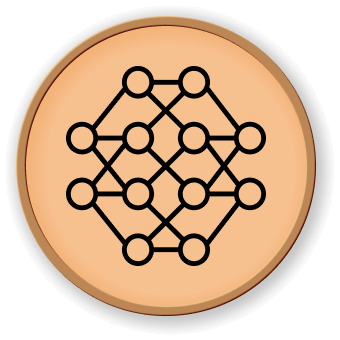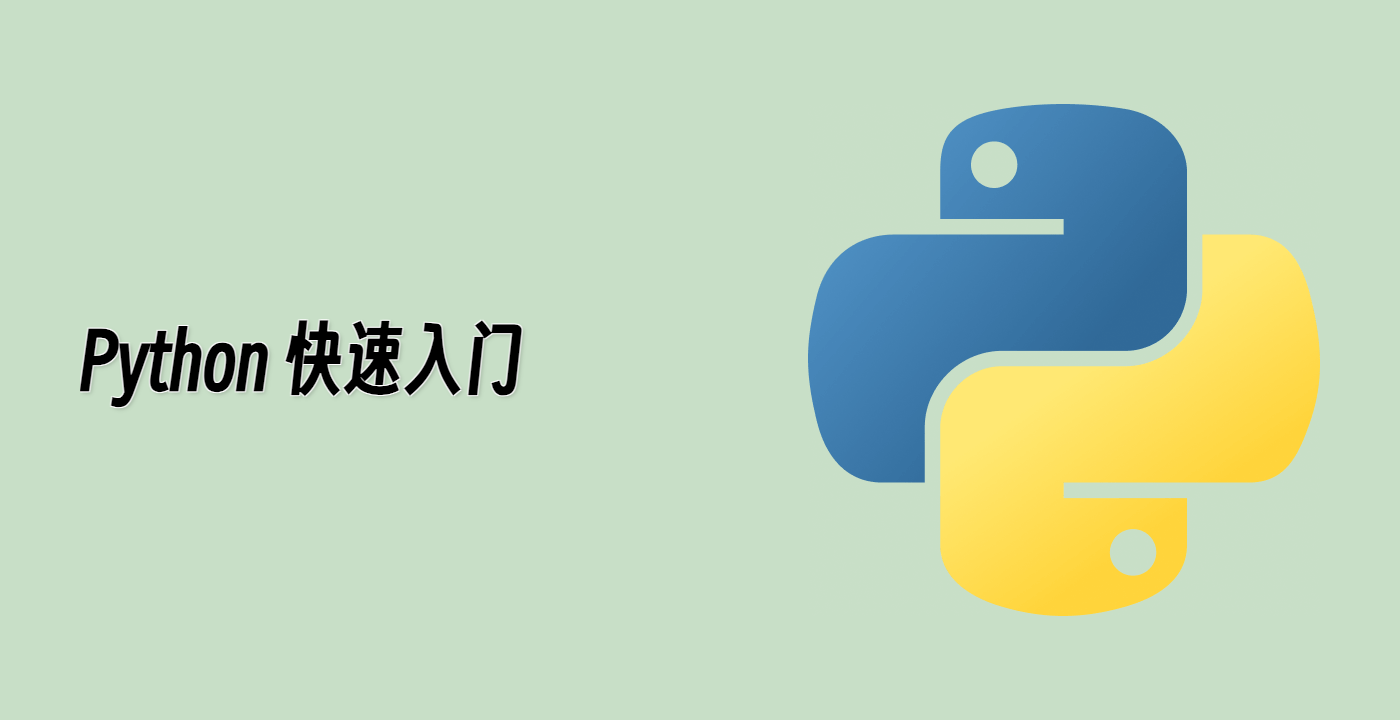简介
本实验展示了一种使用标签传播来学习手写数字的主动学习技术。标签传播是一种半监督学习方法,它使用基于图的方法在数据点之间传播标签。主动学习是一个允许我们迭代选择数据点进行标注,并使用这些标注点重新训练模型的过程。
虚拟机使用提示
虚拟机启动完成后,点击左上角切换到“笔记本”标签页,以访问Jupyter Notebook进行练习。
有时,你可能需要等待几秒钟让Jupyter Notebook完成加载。由于Jupyter Notebook的限制,操作验证无法自动化。
如果你在学习过程中遇到问题,随时向Labby提问。课程结束后提供反馈,我们会及时为你解决问题。
Skills Graph
%%%%{init: {'theme':'neutral'}}%%%%
flowchart RL
sklearn(("Sklearn")) -.-> sklearn/AdvancedDataAnalysisandDimensionalityReductionGroup(["Advanced Data Analysis and Dimensionality Reduction"])
ml(("Machine Learning")) -.-> ml/FrameworkandSoftwareGroup(["Framework and Software"])
sklearn/AdvancedDataAnalysisandDimensionalityReductionGroup -.-> sklearn/semi_supervised("Semi-Supervised Learning")
ml/FrameworkandSoftwareGroup -.-> ml/sklearn("scikit-learn")
subgraph Lab Skills
sklearn/semi_supervised -.-> lab-49184{{"使用标签传播的主动学习"}}
ml/sklearn -.-> lab-49184{{"使用标签传播的主动学习"}}
end




